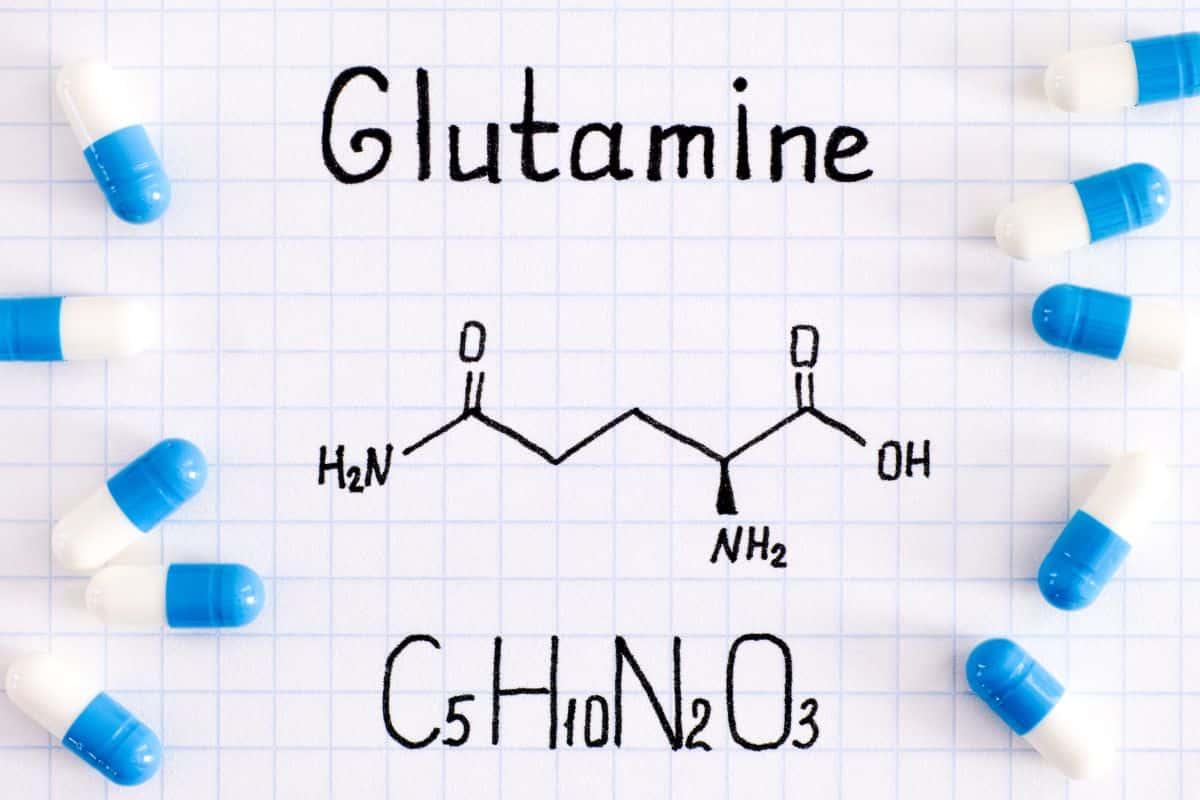Let's say you have been exercising long enough that it is now a habit. You are faithful to lifting weights three to five days per week, anywhere from 40 minutes to an hour at a time. But, like many people, you've reached a plateau. You aren't building muscle as quickly as you did at the outset. You are bored with your current lifting routine, but do it anyway because it's better than sitting at your desk during lunch.
If you find yourself putting in the time, but are seeing little to no results from your exercise efforts, perhaps a lesson in exercise progression will revive your workouts and get you on track to becoming leaner and stronger, and improving fitness.
Your body is incredibly adaptable. When it is exposed to stresses beyond "normal", it has the ability to reach a new level of efficiency, thus making previously difficult activities much easier. In terms of resistance training, progression is challenging your body to adapt to new stresses, thus improving muscle growth over time.
The key here is time. You already know the perfect body doesn't appear overnight, but with some planning and a commitment to making every workout matter, exercise progression will steadily lead to your improving fitness. If you haven't already, take the time to develop up to three fitness goals. Be very specific and write them down on a piece of paper! It is also important to be realistic. Bench pressing 100 kgs within a month of starting a weight training program is not realistic for most people. If you can currently bench press 70 kgs then a realistic goal for a month would be 80 kgs. It is very important to be realistic.
How Exercise Progression Can Work For You
Maintain the length of the activity, but increase the intensity. This can be done by performing more sets, more reps, and by adding more weight. Depending on what your current training routine looks like, adding a few more sets may be a great option. If there are some exercises in your workout routine where you only complete 2 to 3 sets. Consider adding in an extra set or two and see how you feel.
Another great way to progress is by doing more reps. For example: If you currently bench press 80 kgs for 8 reps, try complete 9 or 10 reps instead. Once you can complete 10 reps without your spotter helping you, then consider adding a bit more weight the next time you train chest. With every workout you should try do more reps than the week before. Once you can do a few more reps on a specific weight, then add more weight.
Keep an exercise log. You won't know how exercise progression is working for you if you don't have a measuring stick. An exercise log keeps you focused on where you are, and how you are advancing toward your goals.











